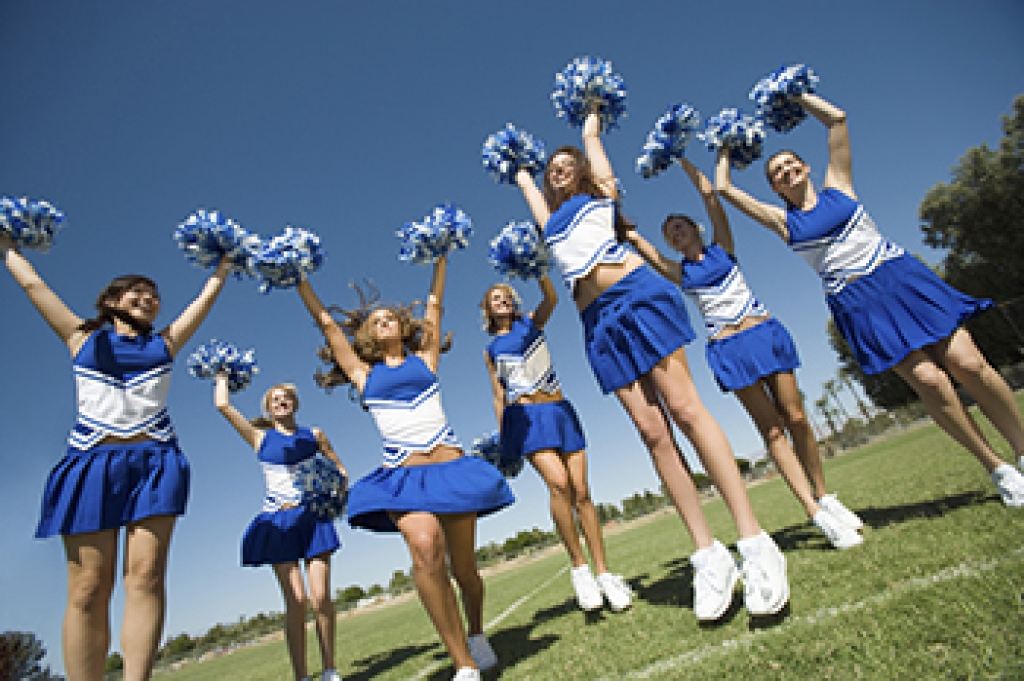
Interestingly, foot and ankle injuries are on the rise for cheerleaders, especially those between the ages of 12 and 17. Increased acrobatic skill and lack of knowledge of proper safety requirements seem to be the culprits of these injuries. Attention to technique and having spotters for tumbling in cheerleading are necessary. An example of a preventable injury in cheerleading is when a flier is allowed to drop to the ground. Since cheerleading has come to include height and motion as part of the sport, there is more of a risk of injury. Additionally, cheerleading is often performed on surfaces designed for an entirely different sport, such as basketball or football. If your child is involved in cheerleading, it is important for you and your child to become familiar with the risks of participation and safety procedures. It is suggested that you make an appointment with a chiropodist for a thorough explanation of how to prevent foot and ankle injuries in this sport.
Injuries to the foot and ankle are very common among athletes. If you have experienced an injury, please consult with one of our chiropodists from West Toronto Foot & Ankle Clinic Inc. . Our chiropodist will assess your condition and provide you with quality foot and ankle treatment.
Common Injuries Among Athletes:
- Achilles tendon injuries
- Ankle strains or sprains
- Plantar fasciitis
- Fractures
- Turf toe
- Joint dislocations
- Sever’s disease
- Morton’s neuroma
Symptoms
Symptoms will depend on the cause and severity of the injury. Common symptoms for a foot or ankle injury include pain, swelling, tenderness, bruising, a reduced range of motion, and difficulty bearing weight or walking on the affected foot or ankle.
Diagnosis
Sports injuries are typically diagnosed after carefully examining the affected foot or ankle. This includes moving the injured area to test its range of motion. Medical history will need to be provided, as well as detailed information about how the injury occurred. Imaging studies, such as X-rays or MRIs, may be used to confirm or rule out certain diagnoses.
Treatment
Just like symptoms, treatment will depend on the type of injury and its severity. Initial treatment for many sports injuries is aimed at controlling inflammation and promoting the healing response. The acronym R.I.C.E is a helpful guide to implement for most acute injuries. This method involves resting, icing, compressing, and elevating the affected foot or ankle. In addition, anti-inflammatory medications may be administered and orthotic devices may be prescribed. For more severe injuries, surgery may be required. Lastly, rehabilitation or physical therapy may be needed to gain full functionality in the afflicted area.
If you have any questions please feel free to contact our office located in Toronto, ON .
